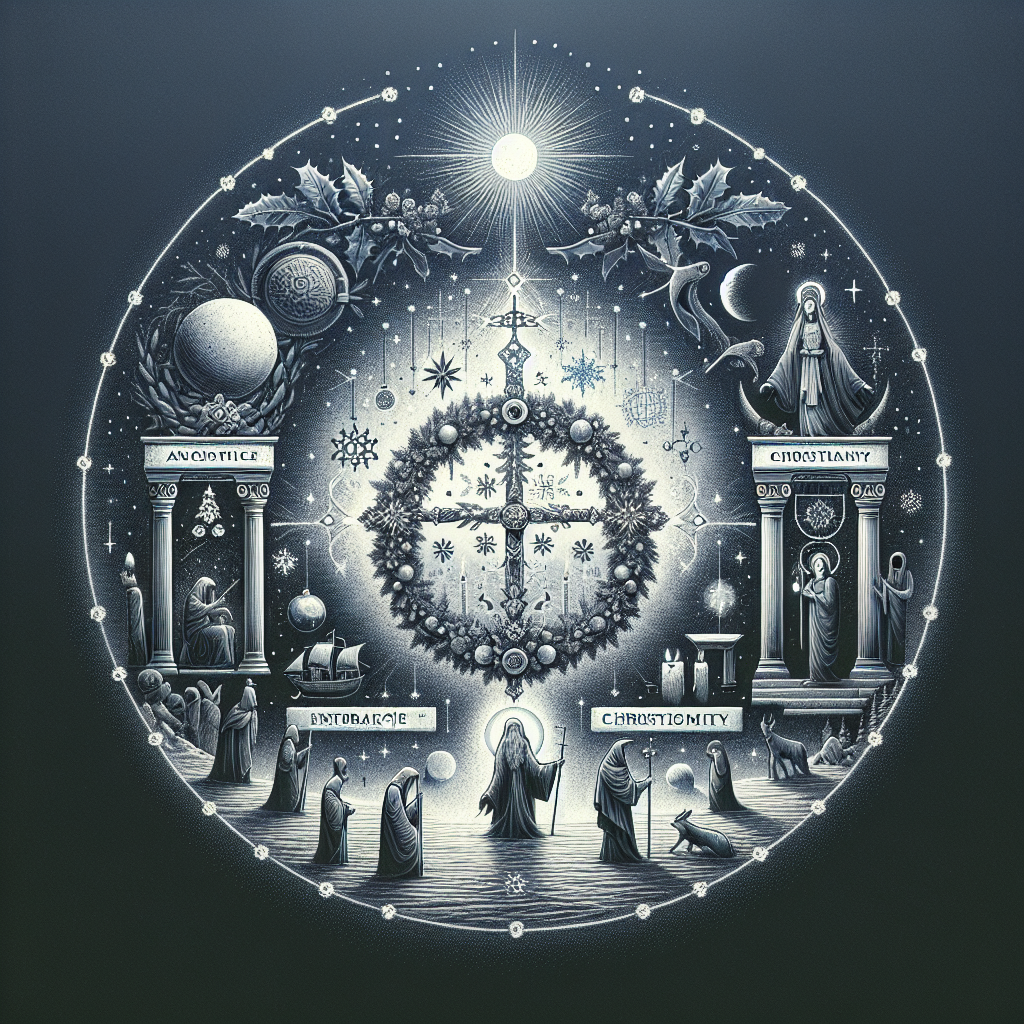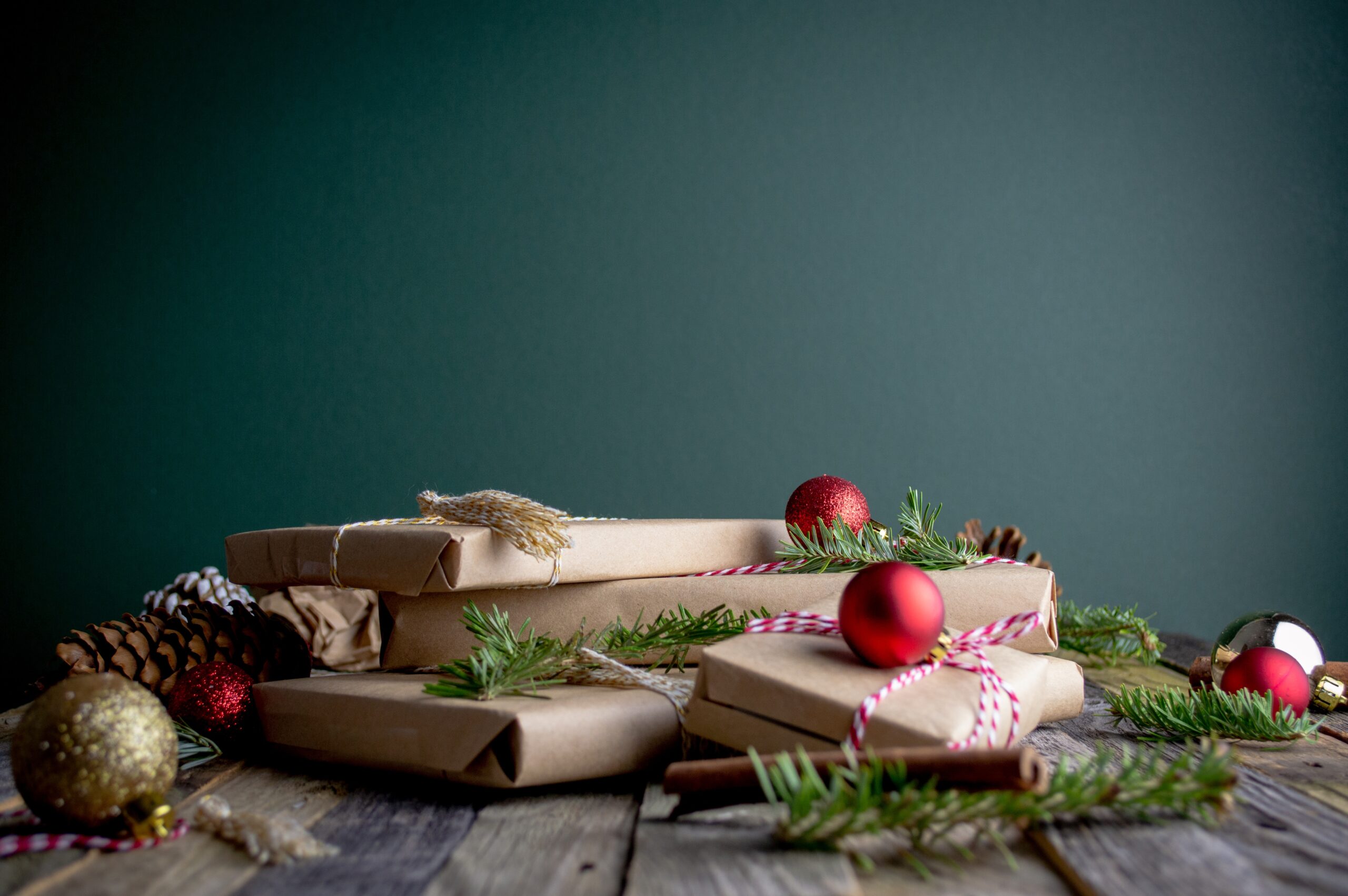Imagine a time before the twinkling lights, the jolly carols, and the joyful gift-giving; a time when Christmas was just a whisper of a celebration. In this enchanting article, you will be transported back through the winding corridors of history to discover how Christmas, in all its festive glory, came to be. From ancient pagan rituals to the birth of Jesus Christ, this captivating journey will unravel the origins behind our beloved holiday and leave you with a newfound appreciation for the traditions we hold dear. So sit back, grab yourself a steaming cup of cocoa, and prepare to embark on a heartwarming adventure through time as we explore how Christmas truly started.
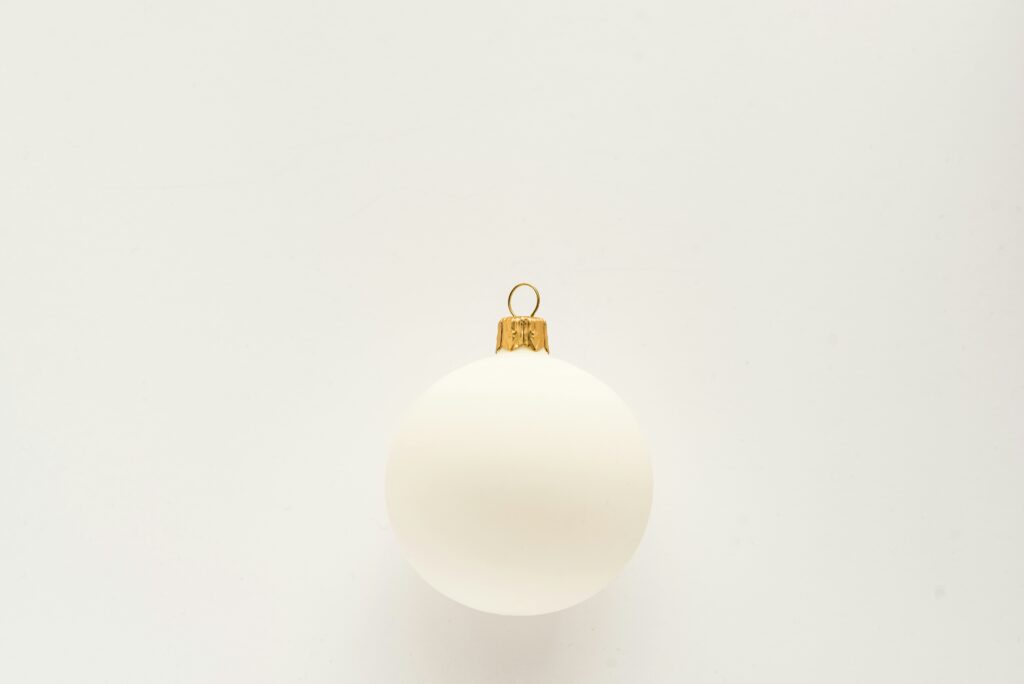
Table of Contents
Ancient Winter Festivals
Pagan Origins
Long before the birth of Jesus Christ, people around the world celebrated various winter festivals to mark the changing seasons and the sun’s return. These ancient winter festivals had pagan origins and were deeply rooted in nature worship and the celebration of the winter solstice. Pagan cultures believed that by participating in these festivals, they could appease the gods and ensure the return of warmth and abundance in the coming months.
Roman Saturnalia
One of the most prominent ancient winter festivals was the Roman festival of Saturnalia. Taking place in late December, Saturnalia was a time of merriment and revelry, honoring the Roman god Saturn. During this festival, social norms were temporarily lifted, and people engaged in feasting, gift-giving, and various forms of entertainment. It was a time of joy and excess, where slaves and masters would switch roles, and everyone embraced a spirit of equality and goodwill.
Yule in Norse Tradition
In Norse tradition, the festival of Yule held great significance. Yule celebrated the winter solstice and the rebirth of the sun. This festival lasted for twelve days, starting on the shortest day of the year. Norse people adorned their homes with evergreen branches, symbolizing life amidst the cold winter. They also celebrated with feasts, bonfires, and gift exchanges. Yule was a time for community, reflection, and preparing for the return of the light.
Christian Adoption
Early Christian Celebrations
As Christianity spread across Europe, the early Christians sought to establish a Christian alternative to the pagan winter festivals. They wanted to shift the focus from nature worship to the birth of Jesus Christ. In the fourth century, Western Christians began celebrating Christmas on December 25, coinciding with the Roman festival of Saturnalia. By appropriating this date, they hoped to draw attention away from the pagan festivities and redirect it towards the birth of Jesus.
The Birth of Jesus
According to the accounts in the Bible, Jesus was born in Bethlehem. The birth of Jesus holds immense religious significance for Christians, as it marks the incarnation – the belief that God became human to save humanity from sin. Christmas became a time to commemorate this sacred event and reflect on the love and grace that Jesus brought to the world.
Development of Christmas
Over time, Christmas evolved as traditions merged with local customs and practices. Different regions and cultures added their own unique elements to the celebration, blending pagan and Christian traditions. The customs of feasting, gift-giving, and merrymaking continued to be an integral part of Christmas, connecting the new Christian holiday with the ancient winter festivals.
Popularization of Christmas Traditions
Medieval Celebrations
During the Middle Ages, Christmas evolved into a grand celebration that lasted several weeks. It was a time of feasting, drinking, and revelry, where people came together to enjoy elaborate meals and entertainment. The streets were filled with processions, plays, and games, creating a festive atmosphere throughout the towns and villages. Christmas became the highlight of the year, a time for people to momentarily forget their troubles and embrace joy and abundance.
10th Century Christmas
In the 10th century, Christmas in England underwent significant changes with the influence of Norse culture. The Vikings brought their Yule traditions to England, blending them with existing Christmas customs. This fusion gave rise to new practices such as the Yule log and the use of evergreen decorations. The festivities continued to emphasize community, feasting, and generosity, reflecting the spirit of both Christian and pagan celebrations.
12 Days of Christmas
The 12 Days of Christmas, beginning on Christmas Day and ending on Epiphany, became a significant part of medieval Christmas celebrations. Each day had its own special meaning and associated customs. These days were filled with feasts, dances, games, and various forms of entertainment. The exchange of gifts during the 12 days symbolized the offering of presents to Baby Jesus by the Wise Men.
Medieval Christmas Customs
Feasting and Merriment
Feasting played a central role in medieval Christmas celebrations. Rich and poor alike would gather around tables laden with sumptuous foods, including roasted meats, pies, and seasonal delicacies. Merriment filled the air as guests sang, danced, and enjoyed various forms of entertainment. It was a time to indulge in culinary delights, celebrate abundance, and cherish the bonds of family and community.
St. Nicholas and Gift Giving
Saint Nicholas, a Christian bishop known for his generosity and compassion, became associated with Christmas gift-giving during the Middle Ages. In parts of Europe, children would place their shoes by the fireplace on the evening of December 5, hoping to receive small gifts from St. Nicholas. This tradition evolved over time and eventually transformed into the concept of Santa Claus.
Christmas Carols
The tradition of Christmas carols also emerged during the medieval period. These songs, often religious in nature, were sung during the Christmas season to spread joy and celebrate the birth of Jesus. The melodies and lyrics of these carols varied across regions, reflecting the rich diversity of cultures and languages. Singing carols became a cherished part of Christmas traditions, bringing communities together in harmonious celebration.
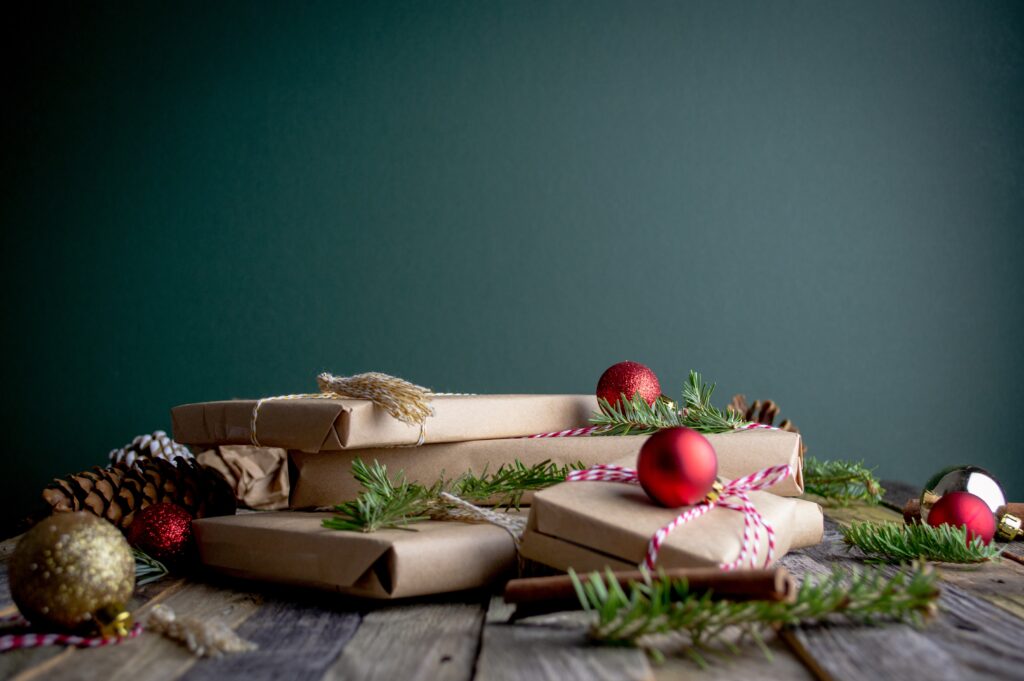
Reformation and Puritan Influence
Protestant Criticism
During the Reformation in the 16th century, certain Protestant groups criticized the excessive revelry and perceived pagan influences in Christmas celebrations. They believed that these practices distracted from the true meaning of Christmas and advocated for a more solemn and focused observance of the birth of Christ. Some Protestant leaders, such as John Calvin and Oliver Cromwell, strongly discouraged the festive customs associated with Christmas.
Banning Christmas
In the 17th century, Christmas faced opposition and eventual banning in England and some parts of the American colonies due to Puritan influence. Puritans considered many Christmas traditions to be frivolous and ungodly, associating them with Catholicism and paganism. Public celebrations were suppressed, and laws were enacted to discourage the observance of Christmas. The ban on Christmas lasted for several decades before eventually being lifted.
Revival of Christmas
In the 18th and 19th centuries, there was a revival of interest in Christmas traditions, driven by cultural and social changes. Influenced by the Romantic movement and a desire for nostalgia, people began to embrace the festive aspects of Christmas once again. Old customs were rediscovered and reinvented, leading to a resurgence of celebrations and a renewed emphasis on family, gift-giving, and community spirit.
Victorian Christmas Revival
Queen Victoria’s Influence
The Victorian era marked a significant turning point in the celebration of Christmas. Queen Victoria and her husband Prince Albert were passionate advocates of family values and traditions. Their celebration of Christmas at Windsor Castle, as portrayed in popular media, captured the imagination of the public and set the tone for how Christmas should be celebrated. The Victorian Christmas became synonymous with warmth, joy, and lavish celebrations.
Christmas Trees and Decorations
One hallmark of the Victorian Christmas was the introduction of Christmas trees. Prince Albert, who hailed from Germany, brought this tradition to England, and it quickly became popular among the British population. Lavishly decorated Christmas trees adorned with candles, fruits, and ornaments became a central feature in homes, signaling the start of the holiday season. The tradition of decorating homes and towns with festive lights and ornaments also grew during this period.
Popularization of Christmas Cards
Victorian England witnessed the rise of the Christmas card industry. With the introduction of the Penny Post in 1840, sending and receiving cards became more accessible to the general public. These cards featured scenes of merriment, winter landscapes, and religious imagery, spreading holiday cheer and connecting loved ones during the festive season. The exchange of Christmas cards became a beloved tradition that continues to this day.

Evolution of Santa Claus
St. Nicholas to Santa Claus
The figure of Santa Claus as we know him today has evolved over the centuries. The origins of Santa Claus can be traced back to the story of Saint Nicholas, the 4th-century Christian bishop renowned for his kindness and generosity towards children. Over time, the characteristics of Saint Nicholas became intertwined with folktales and legends, and he transformed into the beloved figure who travels the world on Christmas Eve delivering gifts to children.
Coca-Cola’s Contribution
The modern-day depiction of Santa Claus was popularized by Coca-Cola’s advertising campaign in the 1930s. The image of a jolly, rotund man dressed in red and white, with a long white beard, was widely embraced and solidified in the public consciousness. Coca-Cola’s portrayal of Santa Claus as a cheerful and benevolent figure resonated with people and further embedded the modern image of Santa Claus in popular culture.
Modern-Day Santa Claus
Today, Santa Claus is a central figure in the celebration of Christmas. Children eagerly wait for his arrival on Christmas Eve, leaving out cookies and milk as a gesture of gratitude. Santa Claus represents the spirit of giving, kindness, and joy, embodying the essence of the holiday season. His iconic image, seen everywhere from shopping malls to greeting cards, serves as a reminder of the magic and wonder associated with Christmas.
Commercialization and Consumerism
Santa Claus as a Marketing Tool
As Christmas became more commercialized in the 20th century, Santa Claus was increasingly used as a marketing tool by businesses and advertisers. The image of Santa Claus was portrayed in advertisements and various forms of media, encouraging people to buy gifts and products during the holiday season. Santa Claus became associated with generosity and consumerism, shaping the way Christmas is celebrated in modern society.
Influence of Advertising
The rise of mass media and advertising greatly influenced the way Christmas is perceived and celebrated. Advertisements created a sense of excitement and desire, promoting the exchange of gifts and the idea of Christmas as a time of abundance. The portrayal of idealized family gatherings, extravagant feasts, and the importance of material possessions during the holiday season became deeply ingrained in the collective consciousness.
Christmas Shopping Culture
The commercialization of Christmas led to the development of a distinct Christmas shopping culture. The holiday season became a time of increased consumer spending, with retailers offering special promotions and sales to attract customers. Christmas shopping has become a social activity, with people rushing to buy gifts, decorations, and festive foods. The economic impact of Christmas is significant, shaping the retail industry and influencing consumer behavior.
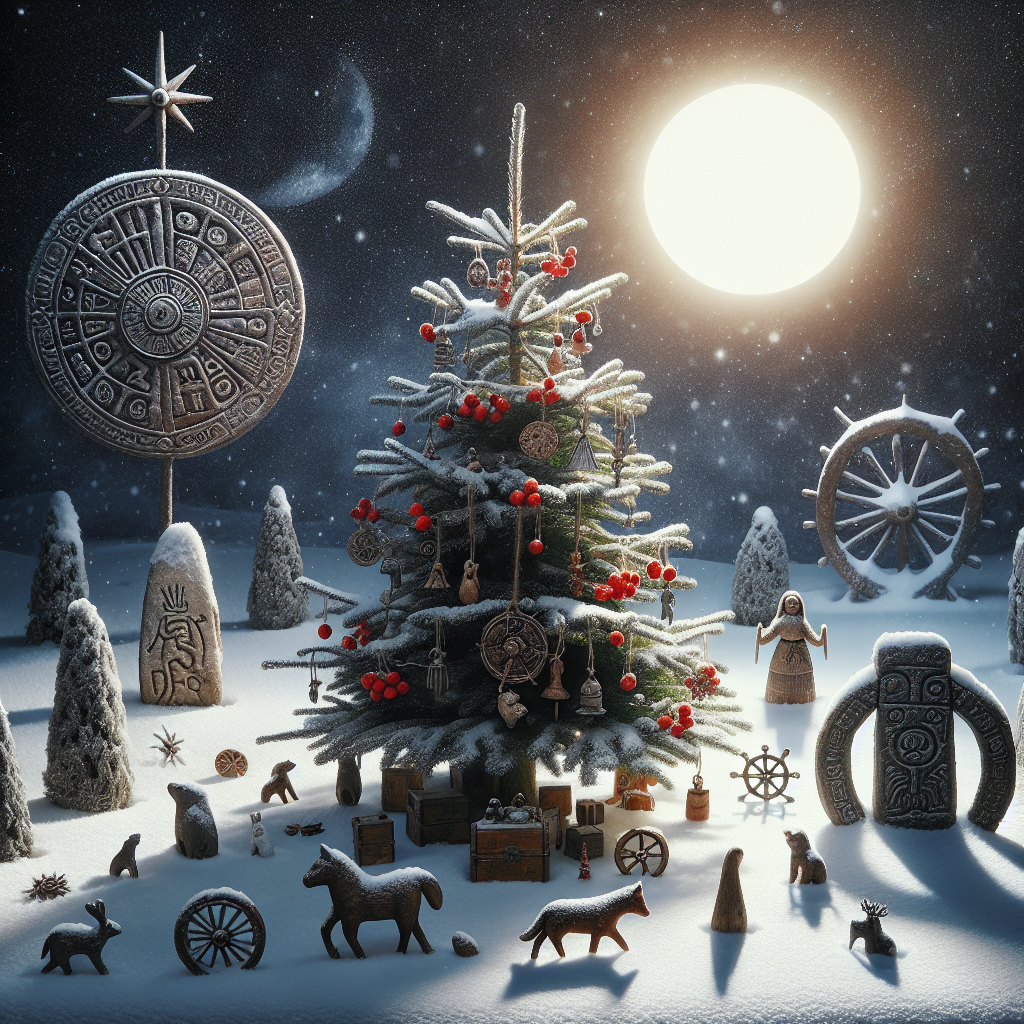
Globalization of Christmas
Spread of Christmas Traditions
Christmas traditions have spread worldwide through colonization, migration, and globalization. As European powers expanded their territories, they brought their Christmas customs to different parts of the world. These traditions blended with local cultures, resulting in unique celebrations that vary from country to country. Today, Christmas is widely celebrated in diverse ways, reflecting the rich tapestry of global traditions and customs.
Secularization of Christmas
In many societies, the religious significance of Christmas has diminished over time, and the celebration has become more secular in nature. Christmas is now viewed as a cultural festival, with an emphasis on family, gifts, and spreading joy. The focus has shifted from religious observances to the exchange of presents, festive decorations, and community festivities. While the religious aspects still hold importance for many, Christmas has taken on broader meaning as a time of celebration and togetherness.
Non-Christian Celebrations
Outside of Christian-majority countries, the celebration of Christmas extends beyond religious boundaries. Inclusivity has led to the incorporation of various cultural and religious practices during the holiday season. For example, in countries like Japan and China, where Christianity is not the dominant religion, Christmas has been embraced as a time for gift-giving and romantic gestures. Non-Christian celebrations have enriched the diversity of Christmas traditions worldwide.
Contemporary Christmas Celebrations
Religious Observances
For many Christians, Christmas remains a deeply spiritual time, with religious observances playing a central role. Churches hold special services and Masses, retelling the story of Jesus’ birth through scripture readings, hymns, and prayers. Nativity scenes, depicting the scene of Jesus’ birth, are displayed to symbolize the true meaning of Christmas. The religious observance encourages reflection, gratitude, and a renewed commitment to faith.
Family Gatherings
Christmas is often associated with family gatherings and reconnecting with loved ones. It is a time to cherish the bonds of family, sharing meals, laughter, and traditions. Families come together to exchange gifts, decorate the Christmas tree, and partake in festive activities. The joy of being with family and creating lasting memories is a cherished aspect of the holiday season.
Popular Modern Traditions
As Christmas continues to evolve, new traditions have emerged that reflect the changing times. Santa Claus remains a beloved figure for children, who eagerly await his arrival and the joy of opening presents on Christmas morning. Ugly sweater parties, watching holiday movies, and participating in Secret Santa gift exchanges have become popular contemporary traditions. The spirit of giving, kindness, and spreading joy remains at the heart of these modern customs.
